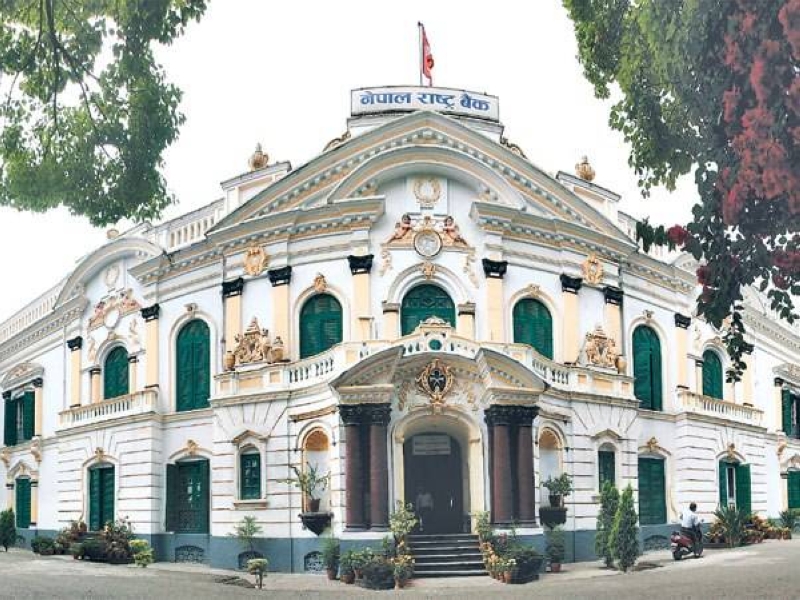Forex reserves up 18.5pc to $11.30 billion
Remittance inflows surge by 22.7pc to Rs 1,112.52bn in 11 months of fiscal year 2022-23
Published: 11:25 am Jul 11, 2023

KATHMANDU, JULY 10
The 'Current Macroeconomic and Financial Situation of Nepal' report unveiled by the Nepal Rastra Bank today reveals improvement in foreign exchange reserves in the first 11 months of fiscal year 2022-23 (mid-July, 2022 to mid-June, 2023) with a surge in remittance inflow.
Remittance inflows increased by 22.7 per cent to Rs 1,112.52 billion in the review period against an increase of 4.1 per cent in the same period of the previous year, as per the central bank report. The gross foreign exchange reserves increased 18.5 per cent to $11.30 billion in mid-June from $9.54 billion in mid-July.
Of the total foreign exchange reserves, reserves held by NRB increased 25.1 per cent to Rs 1,321.25 billion in mid-June 2023 from Rs 1,056.39 billion in mid-July 2022. Reserves held by banks and financial institutions (except NRB) decreased 0.1 per cent to Rs 159.63 billion in mid-June 2023 from Rs 159.41 billion in mid-July 2022.The share of Indian currency in total reserves stood at 22.9 per cent in mid-June.
During the 11 months of 2022-23, merchandise imports decreased 16 per cent to Rs 1,480.98 billion against an increase of 27.5 per cent a year ago. Destination-wise, imports from India, China and other countries decreased 14.8 percent, 17.1 per cent and 18.5 per cent, respectively. Imports of chemical fertiliser, sponge iron, gold, paper, other stationeries, among others, increased whereas imports of transport equipment and parts, MS billet, medicine, crude soybean oil, other machinery and parts, among others, decreased in the review period.
At the same time, merchandise exports decreased 22.7 per cent to Rs 143.59 billion against an increase of 53.3 per cent in the same period of the previous year. Destination-wise, exports to India decreased 32.2 per cent whereas exports to China and other countries increased 106.7 per cent and 9.9 per cent, respectively.
Exports of zinc sheet, particle board, cardamom, woollen carpets, readymade garments, among others, increased whereas exports of soybean oil, palm oil, oil cakes, textiles, silverware and jewellery, among others, decreased in the review period.
The total trade deficit decreased 15.2 per cent to Rs 1,337.39 billion during the 11 months of 2022-23. Such a deficit had increased 25 per cent in the corresponding period of the previous year. The export-import ratio decreased to 9.7 per cent in the review period from 10.5 per cent in the corresponding period of the previous year.
Based on the imports of 11 months of 2022-23, the foreign exchange reserves of the banking sector is sufficient to cover the prospective merchandise imports of 11.2 months and merchandise and services imports of 9.6 months. The ratio of reservesto-GDP, reserves-to-imports and reserves-to-M2 stood at 27.5 per cent, 80.3 per cent and 25 per cent, respectively, in mid-June 2023. Such ratios were 24.6 per cent, 57.8 per cent and 22.1 per cent, respectively, in mid-July 2022.
Balance of payments (BoP) - defined as the difference in total value between payments into and out of a country over a period - was at a surplus of Rs 228.98 billion in the review period compared to a deficit of Rs 269.81 billion in the same period of the previous year. In the US dollar terms, the BoP remained at a surplus of 1.74 billion in the review period against a deficit of 2.26 billion in the same period of previous year.
A version of this article appears in the print on July 11, 2023, of The Himalayan Times.



